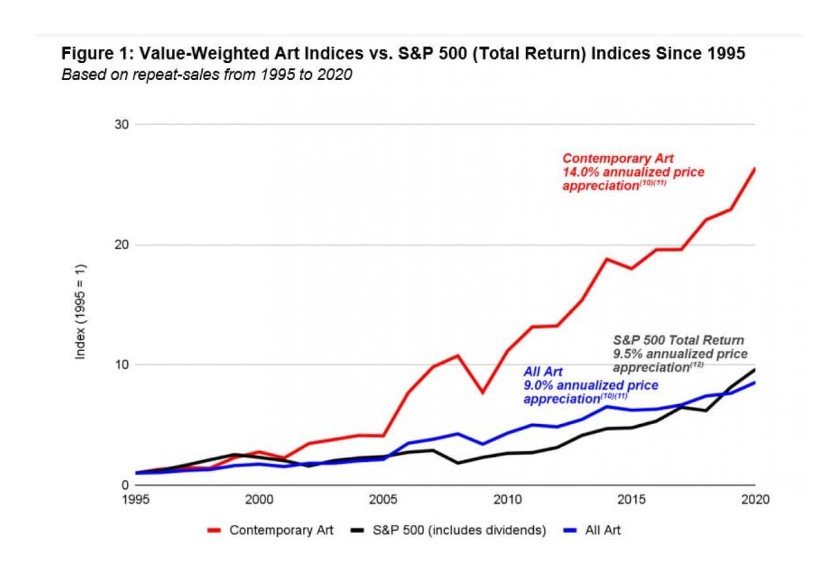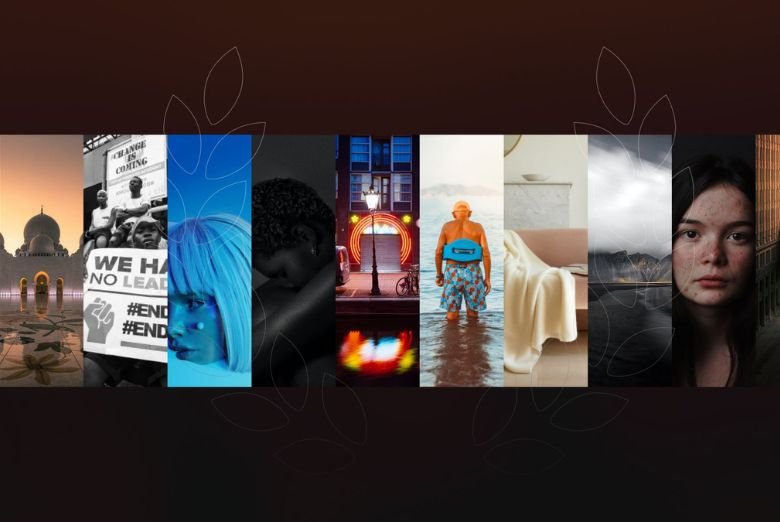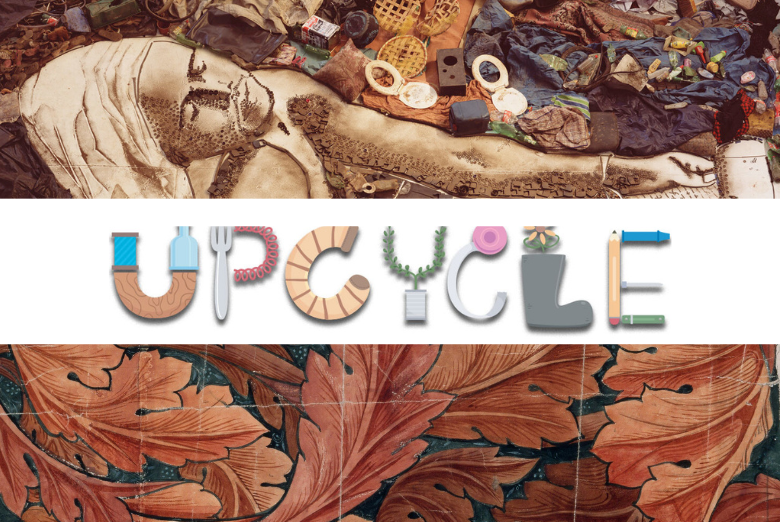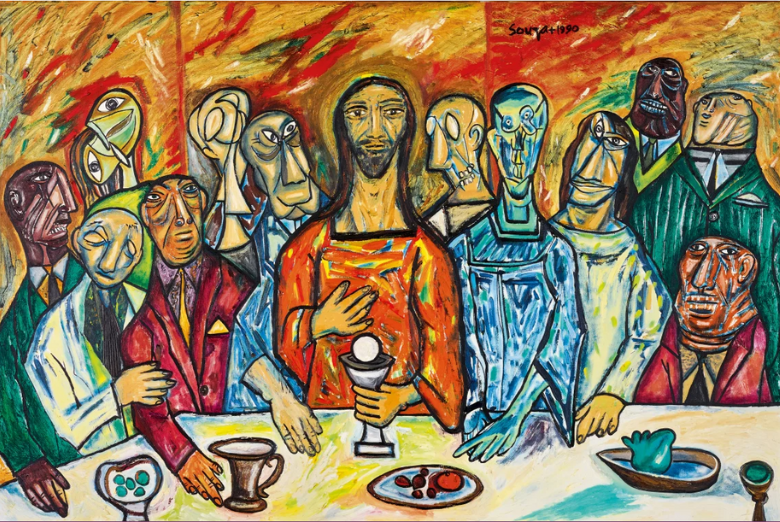A growing number of people are starting to realize the benefits of investing in art as 2024 approaches. We will shed some knowledge regarding the same for people who are thinking about investing in art.
Although it is true that art is not a liquid asset, for those who know how to invest in it properly, it can be a very wise choice. This post will go over the reasons why art is a wise investment and offer some crucial pointers for newcomers on where to begin. We’ll also go over how to get the greatest deal and what to look for while purchasing art.
Why is Art a Valuable Investment?
A long-term reliable investment
Art retains its value over time, which is one of the key reasons it’s a wise investment. Art does not usually experience value variations in response to changes in the market. In contrast to stocks or other assets. This was particularly evident during the pandemic of 2020. When the art market was steady while other markets saw considerable fluctuations. The value of investment-grade art tends to rise consistently over time due to its independence from most external events. Therefore, the changes were not felt.
Even though art is regard as a dependable long-term asset class, it’s crucial to understand that it’s a non-liquid asset, meaning you can’t easily trade it in for cash. To empty getting an appraisal for your art asset and collaborating with an auction house or art consultant to locate a suitable buyer are both time-consuming processes. For this reason, a lot of art investors maintain art collections as a component of a diversify portfolio and as an inheritance to left to future generations.

Image Credit: caia.org
Passion & Prestige
Having a sincere interest in art is another justification for investing in it. You are more likely to conduct your homework and become an expert when you invest in something you are enthusiastic about. You can learn a lot about an artist or historical period that interests you by visiting auction houses, consulting with art consultants, and acquiring rare pieces for your collection. A terrific conversation starter at dinner parties, owning an art collection also carries a certain prestige that other asset types do not.
How to Invest in Art
Decide on an objective
Setting clear goals is the first step towards investing in art. With this investment, what results are you trying to achieve? Are you more interested in collecting art for personal delight than in turning a profit? Ideally, it should be both. Since art, like any investment, cannot ensure a profit, it is critical that you are interested in the work of art both independently and in terms of prospective financial gain.
Investigate
After you’ve made up your mind what you want to achieve, you should study potential art investments. The realm of art is broad, ranging from modern digital installations to Renaissance etchings from the 18th century. Right now, it’s crucial to truly discover what particularly appeals to you, making sure that the kind of art you get truly interests you because you will be keeping them for a very long time.
At first, you can accomplish this by conducting your own research. But soon, you’ll actually need to go for an expert who can guide, advise, and provide you with access to certain materials.
Look for an Expert
It is time to enlist the assistance of an art expert after you have completed your own independent research and have a clearer idea of what you might be wanting. This could be a private collector you know and trust, or it could be an art dealer or gallery owner. The most crucial factor is that they are knowledgeable on the kind of art you want to buy.
An authority on Renaissance etchings won’t be able to counsel. You on modern lobby installations due to the size of the art world. The proper person will be able to guide you through the art world and help you identify the greatest works to purchase. Because they have the necessary experience and understanding.
Choose your spending limit.
Your budget is an important consideration when purchasing art. You should be very clear about how much you are willing to pay because art may be very costly. After conducting the preliminary market research alone or with the help of a reliable advisor, it’s critical to determine your budget. An notion of ROI over time can be obtain from the historical valuations of many investment grade artists from previous auctions.
Decide with knowledge.
Once you’ve found a piece you like, review your list of requirements to make sure the item satisfies them. The first thing you should do is find out if the artwork is investment grade. This can usually be done by looking up the artist’s past sales, which should provide investors with a profit. Second, you should seriously consider whether the artwork makes you happy. Investing in art carries risk, just like any other.
So even if you do not receive a high return, you should still be able to enjoy the piece of art. Lastly, you want to enlist the assistance of a professional who can both inform and evaluate that piece of art of the prospective return on investment over time, as well as schedule installation and delivery.

Where to find Investment Grade Art
The finest places to start your search for artworks are Arts Fiesta an online art gallery, Artnet and many more . However, it is recommended to visit auction websites like Bonhams or Christie’s to view available items and past sales if you are seeking for more historical pieces. Auction houses usually hold special theme-based auctions throughout the year, which are well-publicized in advance. You may learn more about these auctions by visiting sites like Sotheby’s auction calendar.
You can soon discover, when conducting your own independent study, that the art world is confusing and intimidating. It might be nearly impossible to determine whether you are making the appropriate choice due to the sheer number of artists and the lack of transparency surrounding rates. It matters.
When should you invest in art?
Generally speaking, it makes sense to buy art when prices are low and sell it when they are high. But, doing so demands a carefully calculated strategy. Contemporary artists are more affordable the sooner in their careers. But they also carry a considerably higher risk of loss as an investment. ‘Emerging artists’ is a term used frequently to describe these artists. This kind of artist is one that art collectors invest in with the expectation that they will become well-known. If, at the modern auction houses, you were among the first to buy a Basquiat during his heyday in 1970s New York. You would be looking at a substantial return on your investment.
An ‘established’ or’mid-career’ artist is the next best choice if investing in a new artist sounds dangerous. Although they are always more expensive, these artists are significantly less risky. Artists such as Damien Hirst and Banksy could be deemed established. Because they have already made their mark in the art world. Continue to experience yearly returns on investment, and have consistently sold at auction houses.
Lastly, Blue Chip artists are the most well-known figures in the art world. Such as, they demand the greatest prices and necessitate a sizable initial outlay. However, the worth of blue chip artists is virtually guaranteed. Because their creations hang in the most prominent museums in the world. And entire thesis have been written about them.
Anyone trying to add value to their portfolio should consider investing in art. By establishing clear objectives, conducting thorough research, and enlisting the assistance of an expert. You can increase the value of your estate for future generations and acquire a sought-after piece of art. At Arts Fiesta, we specialize in original paintings, abstract art, bohemian art, and other Indian artworks with a natural theme.



